National Agricultural Meteorology
In the northern part of the winter wheat area, the temperature in the early part of the period was low, and the mid-term markedly rebounded. The precipitation appeared in the first ten days, which was conducive to the winter wheat to be greened and jointed. The end of the continuous rainy weather in most of the southern part of the country is conducive to the growth and winter sowing of winter wheat and rapeseed, and the progress of early rice planting in the south of the Yangtze River and the south of China. There is still no precipitation in northern Yunnan and southern Sichuan, and the drought continues.
Main weather characteristics of this week
The temperature in most agricultural areas is high (Fig. 1), in which most of the northwestern regions, North China, Huanghuai, Jianghuai, Jianghan and Jiangnan are mainly low in the early period (Fig. 2), and the medium-term rapid recovery and undulation. The precipitation is mainly concentrated in the middle and lower reaches of the Yangtze River (Fig. 3). After 24 days, the south continued to have low temperature and rainy weather, and the weather improved. Most of the country's agricultural areas have good sunshine conditions, only the southeastern part of the southwestern region and the southwestern part of China (Fig. 4). 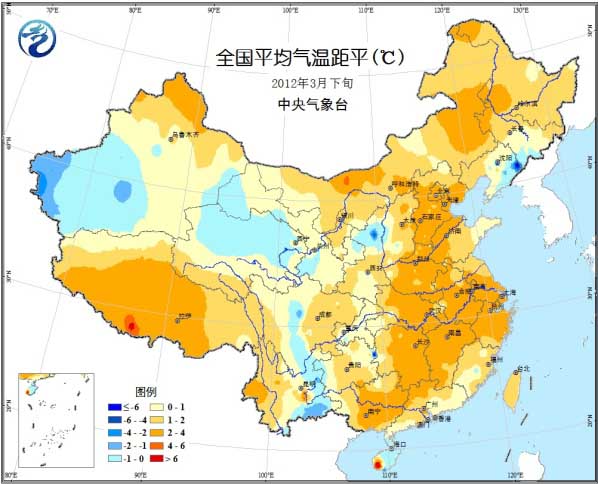
Figure 1 Average temperature anomaly in late March 2012 
Figure 2 Average temperature anomalies on March 21-23, 2012 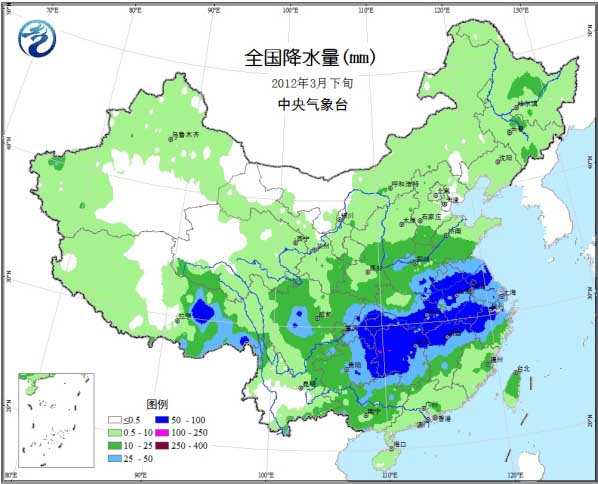
Figure 3 Precipitation in late March 2012 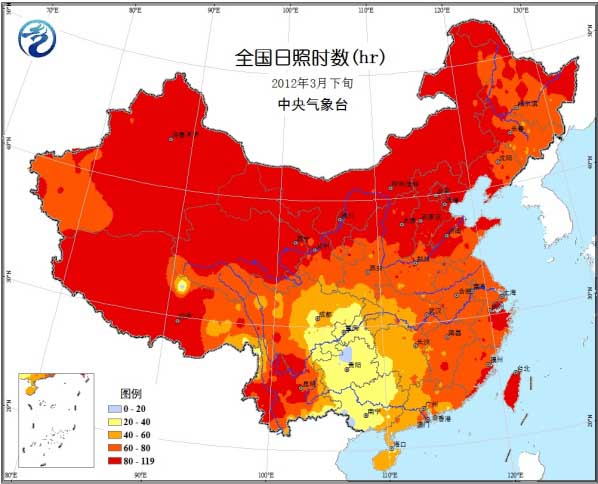
Figure 4 Sunshine hours in late March 2012
Current crop growth and development report
Winter wheat: most of Xinjiang, eastern part of northwestern China, north of China, and eastern part of Huanghuai are in the greening period; the western part of Huanghuai, Jianghuai and Jianghan are in the jointing stage; most of the southwestern part is in the heading stage (Fig. 5).
Spring wheat: The northwest region is in the sowing and emergence stage (Figure 6). 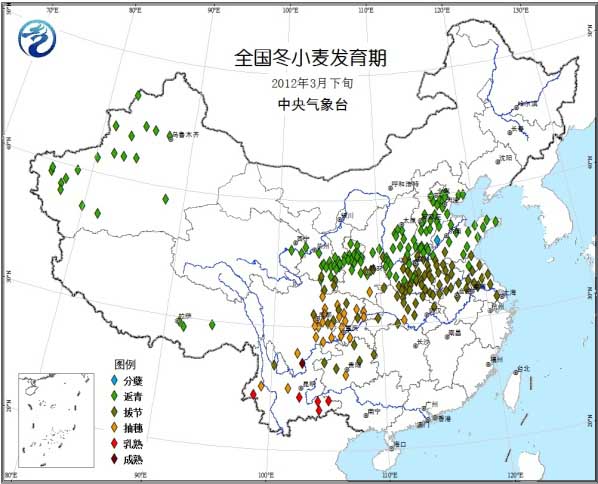
Figure 5 Winter wheat development period in late March 2012 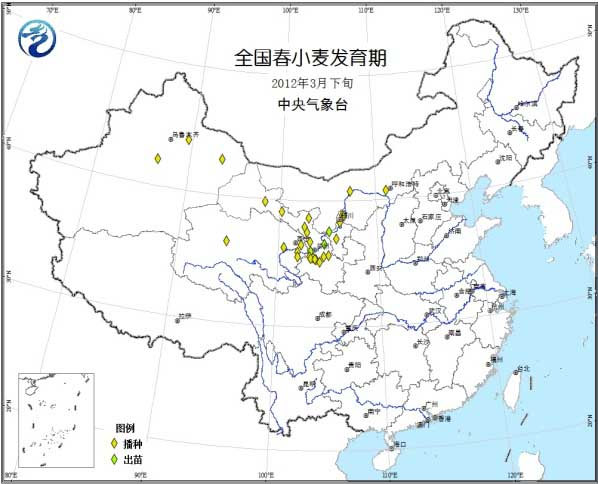
Figure 6 Spring wheat development period in late March 2012
Rapeseed: in the middle and lower reaches of the Yangtze River, in the southwestern part of Shaanxi, and in the eastern part of the southwestern part of the Yangtze River (Fig. 7).
Spring maize: The eastern part of the Sichuan Basin is in the period of sowing and emergence to the three-leaf stage, and the western part of Guangxi is in the period from the three-leaf to the seven-leaf stage (Fig. 8).
Early rice: most of the south of the Yangtze River and central and northern South China are in the stage of sowing and breeding, south of South China is in the stage of transplanting and returning to green, and most of Hainan is in the tillering to heading stage (Figure 9).
One season of rice: the Sichuan Basin and the northern part of Yunnan are in the stage of sowing and emergence, and the southern part of Yunnan has entered the stage of transplanting and returning to green (Figure 10).
Potato: The southeastern part of the southwestern region is in the seedling emergence stage, and the local area enters the inflorescence formation stage (Fig. 11).
Tobacco: Yunnan, Guizhou, Chongqing, Henan, Hunan, and Anhui are in the second true leaf stage, and Fujian is in the stage of survival after transplanting (Figure 12). 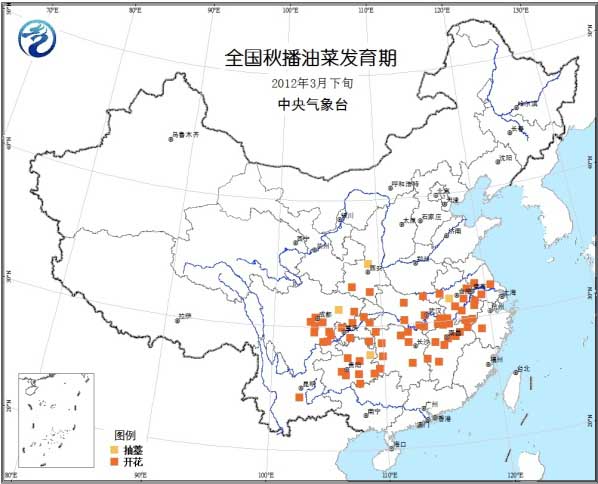
Figure 7: The development of rapeseed in late March 2012 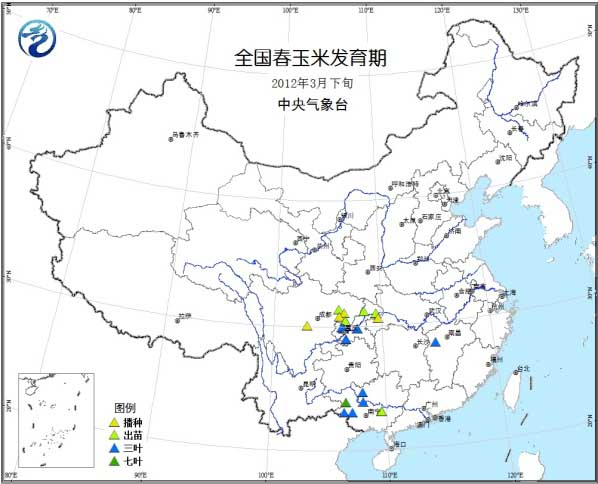
Figure 8 Spring corn development period in late March 2012 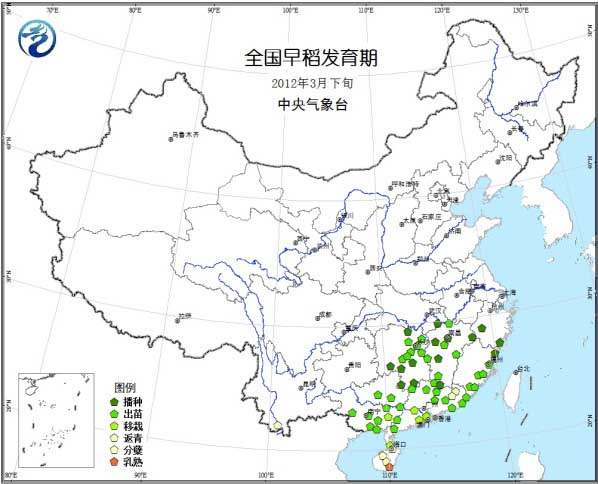
Figure 9 Early rice development in late March 2012 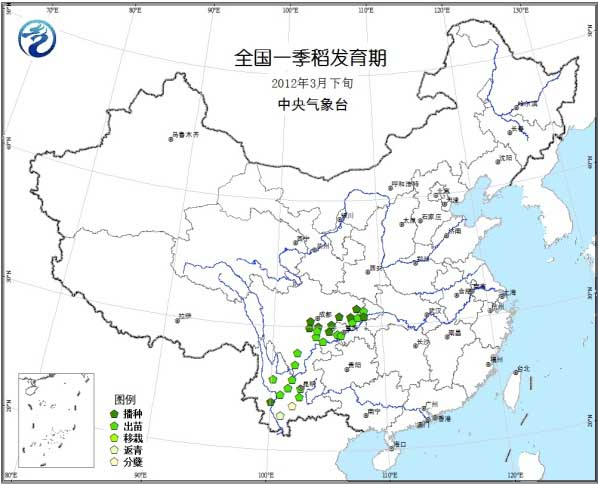
Figure 10 Rice development period in the second quarter of March 2012 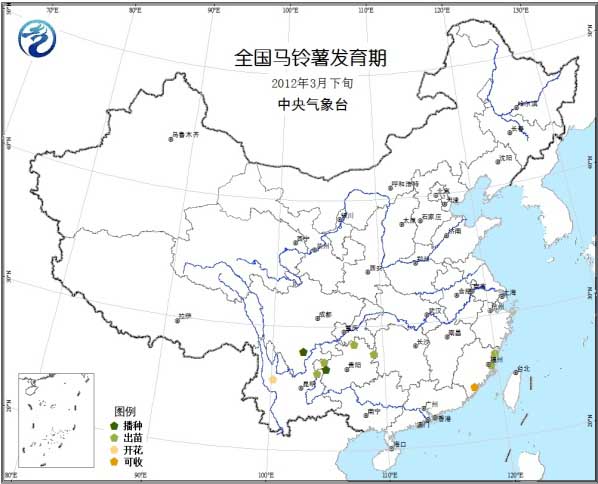
Figure 11 Potato development period in late March 2012 
Figure 12 Tobacco development period in late March 2012
Analysis of Agricultural Meteorological Conditions in Main Agricultural Areas
Northeast, Inner Mongolia: Most of the temperature is 2 ~ 4 °C, the light conditions are better, which is conducive to soil thawing, livestock spring breeding and facility agriculture production. Rain and snow weather occurred in the northeastern part of Inner Mongolia, Heilongjiang and most of Jilin Province. The maximum snow depth was 3-15 cm, which was conducive to soil growth and conservation. Most of Liaoning's precipitation was less, and soil moisture in some parts of the west was biased.
Northwest, North China, Huanghuai: Most of the pre-season temperatures are low, and the mid-term rapid recovery, sufficient sunshine, to some extent to make up for the lack of heat in the early stage, conducive to winter wheat greening and jointing growth. In most areas, soil moisture is more suitable in the first ten days. Precipitation occurs at the beginning and end of the year. The precipitation is generally above 5 mm. The precipitation in the southeastern part of the northwestern part of China, the southern part of North China, and the central and western parts of the Yellow River and Huaihe River is 10-25 mm. The soil moisture is further supplemented. It is good for winter wheat growth and spring wheat sowing and emergence.
Jianghuai, Jianghan, Jiangnan: More rainy days in the early tenth and the end of the year, which are unfavorable for the growth of open field vegetables and facilities crops, winter wheat jointing and booting, rapeseed flowering pods, spring ploughing spring sowing, some sclerotinia sclerotiorum, downy mildew, wheat grain Blight. The weather in most areas on the 24-28th day was fine, which was conducive to the growth and development of winter wheat and rapeseed and the sowing of spring sowing crops such as early rice, corn and peanuts. The progress of planting and cultivating early rice in the south of the Yangtze River accelerated and progressed smoothly. At the end of the year, Hunan has already broadcast 90%. Broadcast about 60%.
South China: Most of the areas are mainly sunny weather, which is beneficial to the sowing of spring corn and other crops, vegetables and potatoes, fruit trees and fruit trees, and early and late rice transplanting in the south and south. The planting progress of early rice in the west and north is accelerated. Early rice in northern Guangdong has been planted; Fujian is nearing completion; Guangxi immersed and planted about 92% of the planned planting area, about 3% more than the same period last year.
Southwest: Sichuan Basin, Guizhou, most of the rain and rain, conducive to a season of rice planting, rapeseed flowering pods and winter wheat jointing and booting. There is still no effective precipitation in northern Yunnan and southern Sichuan, and the drought continues, which is not conducive to the growth and development of winter wheat and rapeseed and the sowing and emergence of spring-sown crops.
Main agricultural meteorological disasters
The drought in northern Yunnan and southern Sichuan continued to develop, and the small spring crops in some areas were not harvested. There were no obvious agricultural meteorological disasters in the remaining agricultural areas during the ten-year period.
Prospects and recommendations for agricultural meteorological conditions in this decade
It is expected that cold air activities will be frequent in the next 10 days, and there will be more windy weather, which will have an impact on the transformation and upgrading of crop seedlings in some areas, facility agriculture and animal husbandry production. Sandy weather in some areas of Inner Mongolia, Gansu, and North China is not good for spring sowing. The average daily temperature in the northern winter wheat area is generally above 10 °C. There will be two process precipitations. The cumulative precipitation is 1 to 5 mm, and the effect of increasing the amount is small. However, most of the winter wheat area is suitable for the weather conditions. Conducive to the winter wheat jointing and booting; the temperature in the northeastern region is 1~2 °C lower, and the slow thawing of the soil is not conducive to the spring ploughing. The average temperature in the southern spring sowing area is higher than 12 °C, which is conducive to the growth of vegetables and rapeseed and the growth of spring-sown crops. There are small to moderate rains around northern Yunnan and southern Sichuan on April 7, but it is not enough to alleviate the drought. The drought in some areas will continue. Suggest:
Since the spring of the northern winter wheat area, the temperature has been low in most of the time, the growth of winter wheat is slow, the field management should be strengthened in all areas, the soil should be cultivated in time, and organic fertilizer should be applied to increase the temperature and ensure the growth of winter wheat.
All parts of the south must seize the fine weather to further clear the ditch and ensure that the spring sowing goes smoothly. In the early rice area of ​​the south of the Yangtze River, it is necessary to strengthen the management of water and fertilizer in Putian, and to cultivate strong growth; all parts of southern China should speed up the progress of transplanting early rice, pay attention to controlling the water layer, and promote the rapid growth of seedlings; the southwestern dryland should still be based on drought resistance and strive to minimize agricultural losses.
At the same time, all localities should also do a good job in monitoring and controlling pests and diseases; do a good job in the reinforcement of greenhouses and cold and warmth to prevent low temperature hazards.
Double Skin Curtain Wall,Swivel Curtain Rod,Double Pole Curtain Rods
Baihong Hardware Co., Ltd. , http://www.hz-curtainrod.com
